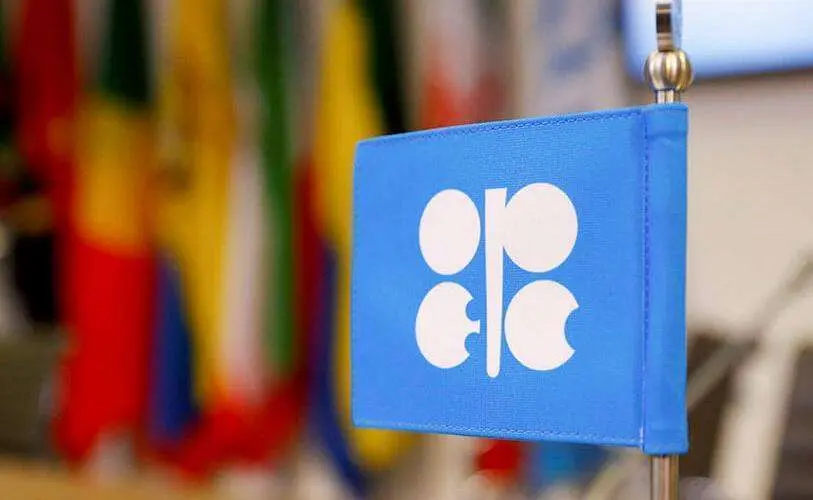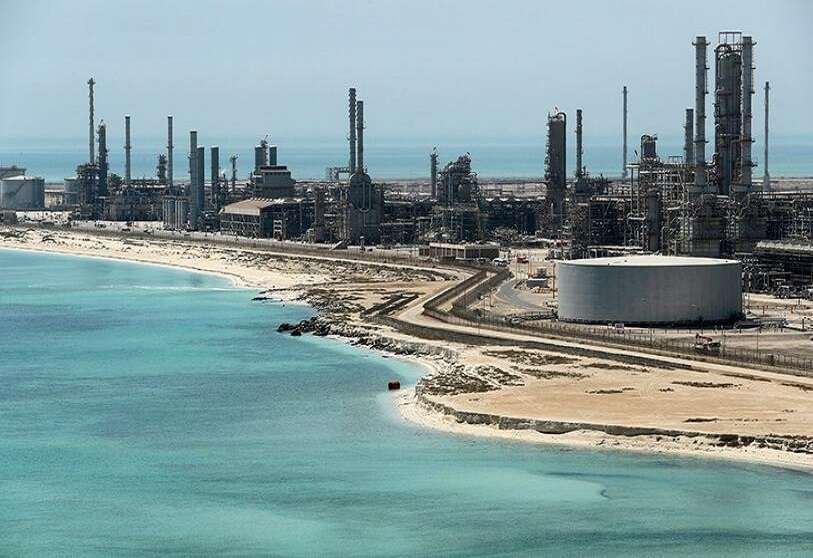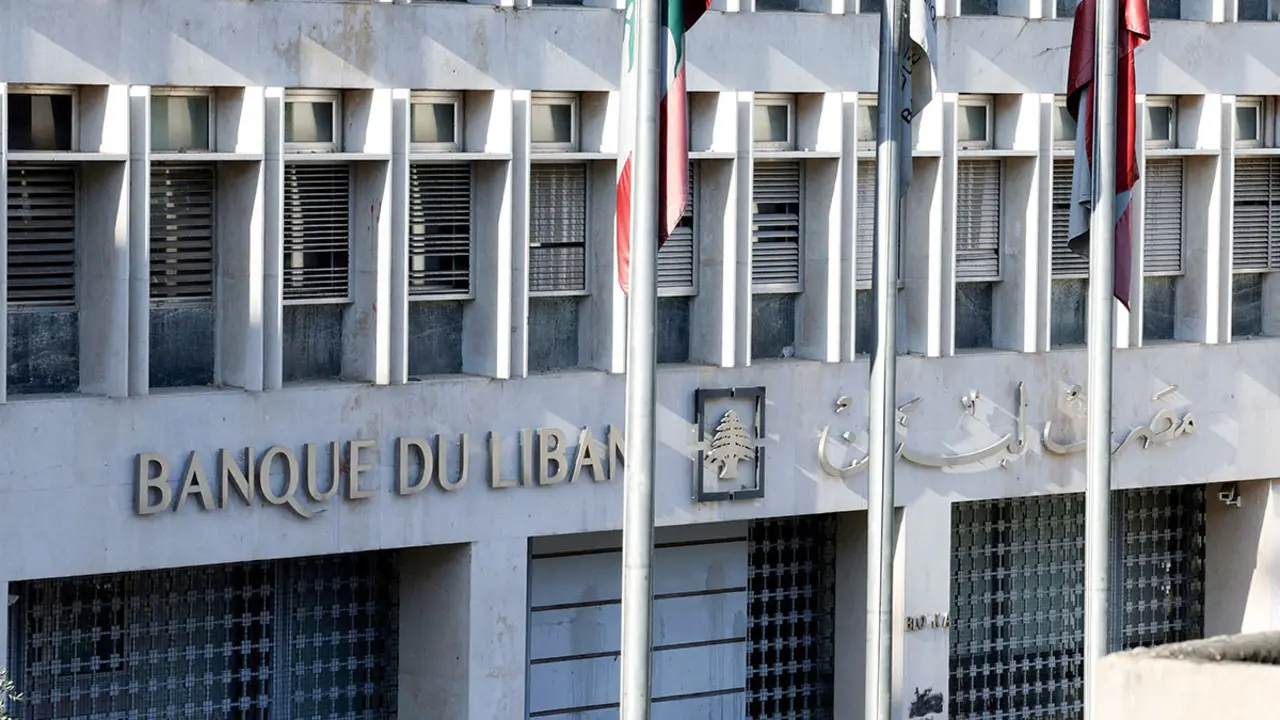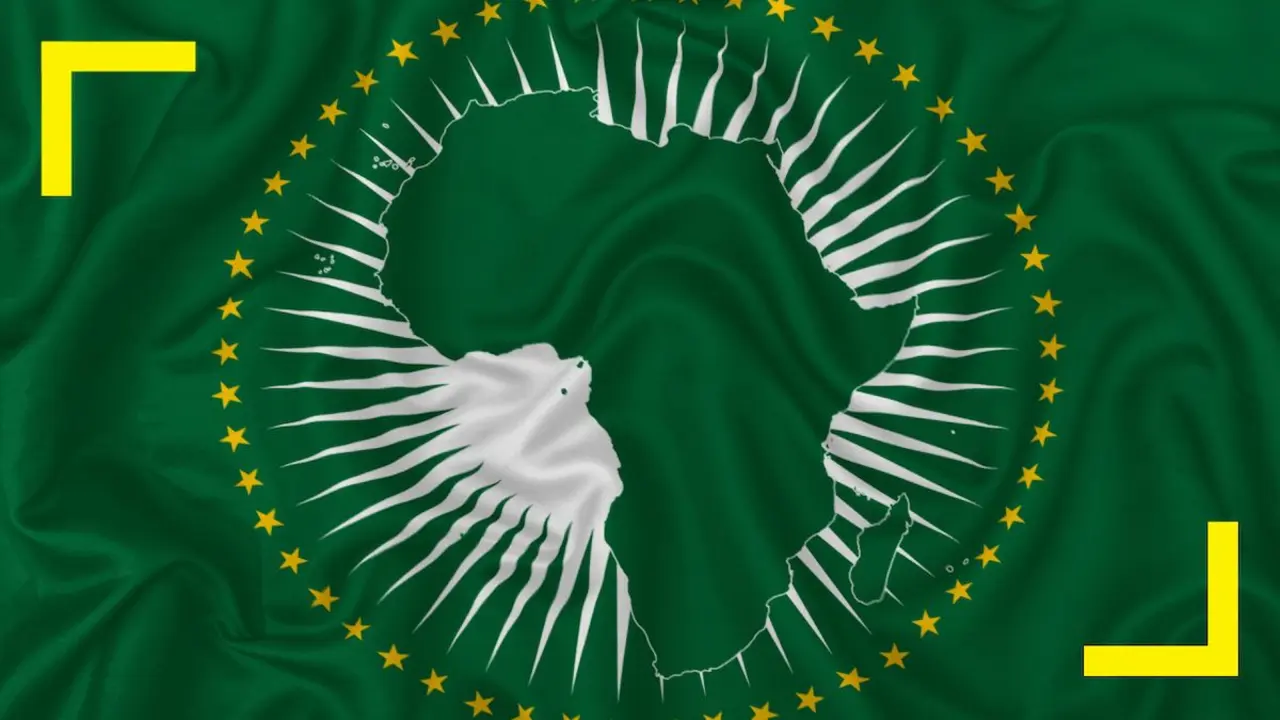Oil falls 20% by 2020

The price of oil has collapsed historically this year. Although the price remained close to $51 per barrel during December, it was a course marked by instability. In April US crude oil ended up negative and Brent fell below $20 per barrel. The COVID-19 pandemic and the price war between Saudi Arabia and Russia, the oil giants, served as a catalyst for a historic decline.
The actors invested the rest of the year in recovering from the blow, although the consequences are still visible. World oil markets have lost a fifth of their value. The economic paralysis caused by the pandemic led to a drop in demand for fuel worldwide. "We haven't really seen anything like this, either in the financial crisis or after 9/11," said Peter McNally, global industry leader, IME (Industrials, Materials & Energy) for Third Bridge Forum.
The demand for fossil fuels could continue to be softer in the coming years, even after the pandemic. Countries are trying to limit emissions to slow climate change and begin the transition to renewables. Major oil companies, such as BP and Total SE, have published forecasts that include scenarios in which global oil demand could have peaked in 2019. The energy consultancy firm DNV GL predicted in the middle of the year that oil demand would stagnate in 2022.
World production of oil and liquid fuels fell from 100 million barrels per day in 2019 to 94 million in 2020. Estimates for next year are around 97 million barrels per day, according to the Energy Information Administration, the agency responsible for analysis at the US Department of Energy. The agency also predicts that US crude oil production will "hover around its current level through the end of 2021" despite the abatement of the pandemic.

The Organization of Petroleum Exporting Countries (OPEC) and Russia, the world's largest crude oil exporters, agreed in early December to increase the supply by half a million barrels a day. That will be the amount they will put on the markets each day after the drastic cutback suffered during the pandemic, although they reserve the option of revising the figure month by month. The pact, reached after more than four days of negotiations, clashes with the weak demand in the market and with the transition from fossil fuels to renewable energies.
For the Gulf countries, as well as for the rest of the oil-producing states, this agreement was a lifeline to economic recovery. The Saudi Arabian oil company Aramco is proof of the situation that companies in the sector are going through. As the world's largest oil company, it has reduced its profits by 50 per cent as a result of the pandemic. Russia's Rosneft, for its part, recorded losses of some 700 million in the third quarter of the year. Triple-digit prices disappeared during 2020 and in many cases production became unprofitable.
According to experts, it will be difficult for the barrel to gain any upward traction in 2021. Demand is still being held back by COVID-19 despite growing optimism about vaccines. Several economists and analysts estimate that the Brent will average a price of 49.35 dollars per barrel in 2021, almost unchanged from the forecast of 49.76 dollars calculated in October. The benchmark has averaged around 42.50 dollars per barrel so far in 2020. Technicians therefore remain sceptical about the sector's recovery.








